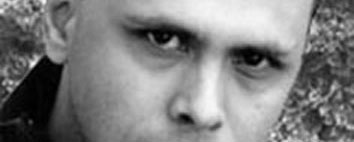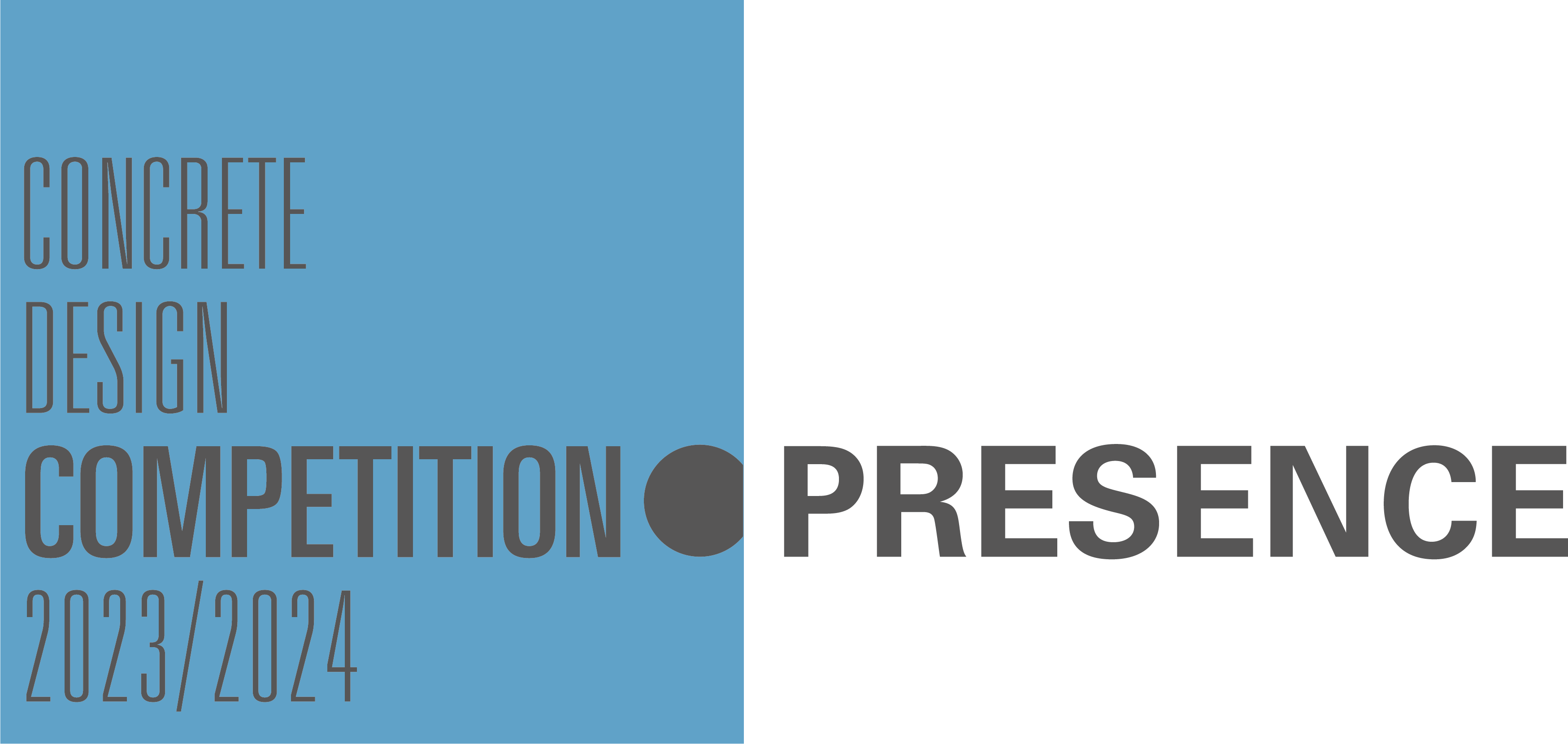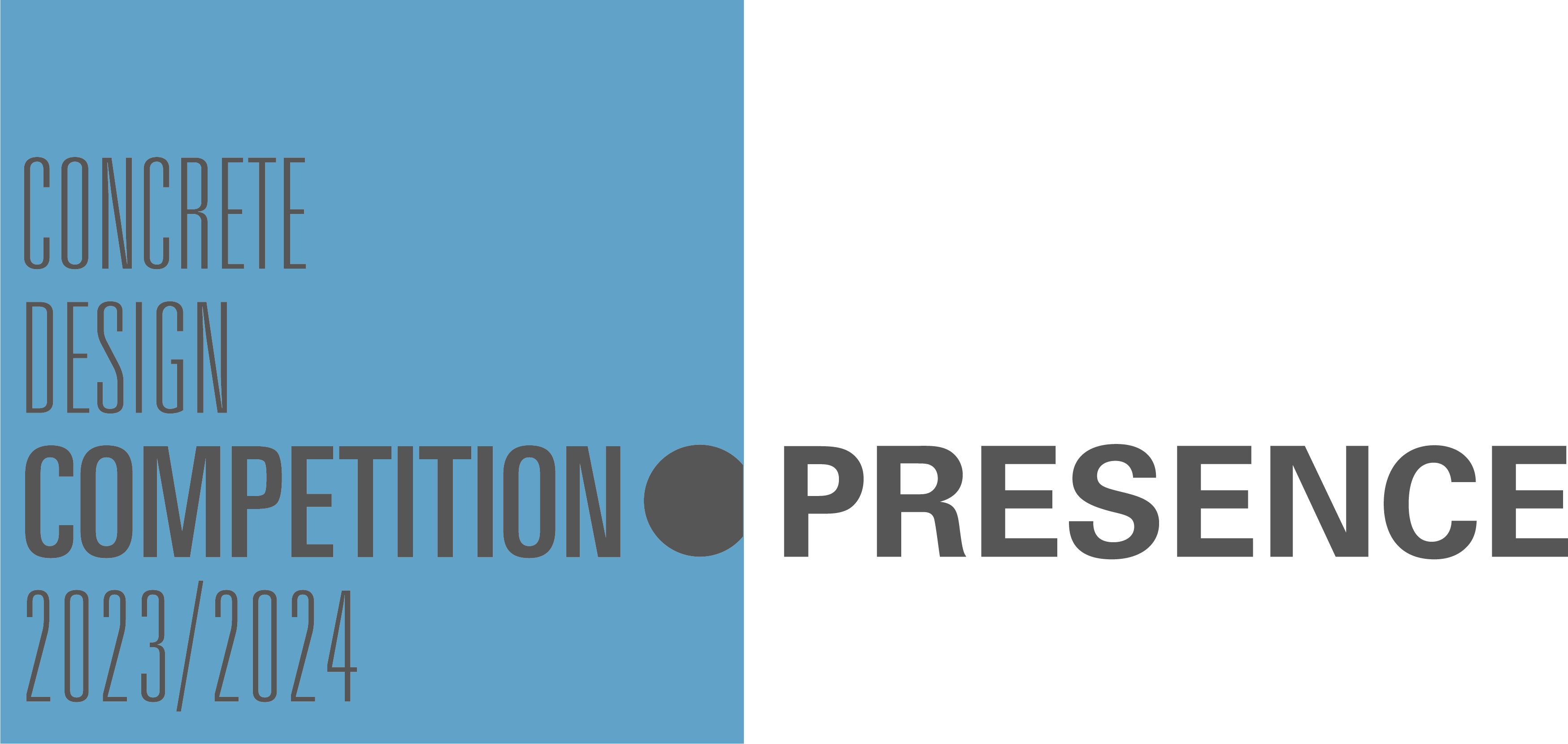This competition seeks to investigate through research and design any notion of Implicit Performance. To explore and exploit the limits of the involvement of concrete with other resources, to create where concrete forms the basis but is not necessarily the only element at play. We look for concrete surpassing its “original” performance to the point of becoming a new material or system in and of its self with contemporary spatial and experiential consequences.
Results of these investigations have to be presented through proposals that are ‘design-led’ – be it architectural, structural or otherwise – in order to reveal their relevance and merits by application. The proposals – identified by title / motto - may range from objects, furniture, buildings and architectural details to housing, landscape interventions and other large-scale projects. The presentations should cover explanations on design and construction process, characteristics and properties.
Implicit Performance – exploring the hybrid condition
Webster’s Third New International Dictionary:
Im-plic-it adj [L implicitus, past part. Of implicare to infold, involve, implicate, engage – more at EMPLOY] 1 obs: tangled or twisted together : INTERWOVEN 2a (1) : tacitly involved in something else : capable of being understood from something else though unexpressed: capable of being inferred : IMPLIED – compare EXPLICIT (2) : involved in the nature or essence of something though not revealed, expressed, or developed : POTENTIAL b (1) : not appearing overtly : confined in the organism (2) of a culture : capable of being derived only as an implication from behavior : not apparent or overt to the people it characterizes : tacit and underlying 3a : lacking doubt or reserve : UNQUESTIONING, WHOLEHEARTED b obs: UNQUALIFIED, ABSOLUTE 4 archaic : marked by an implicit faith, credulity, or obedience
Hybrid 1a : marked by heterogeneity in origin, composition, or appearance : Composite b : being a linguistic hybrid 2 : of, relating to, or resulting from the union of gametes from parents of different genotype. 3 : having characteristics resulting from two diverse cultures or traditions.
Reinforced concrete has always played an autonomous role in architecture. The division of the construction process into Skin, Skeleton, Installations and Interior organization was a major breakthrough in its day. It triggered an expansion of concrete’s applications within architectural design that has reached practically all areas of building practice. But concrete has always been concrete and, where concrete ended, something else always began. Let us say that concrete has been an individually identifiable material, always protagonist of the systems in which it participates, most of the times even as the only player. However times are changing and the transparency created by the clear identification of constructive elements and materials is nowadays disappearing thus constituting a blurred state in which the old dream of the desirable compatibility between discriminate components has created a new condition; merging components into one another, thus making it impossible to distinguish the boundaries between them. Concrete is a specific material with its own science and culture, and only very recently has research been started into the possibilities of being integrated in more complex systems other than its own forms of technologies and applications. To open this exploration to schools and create an experimental platform for future applications of concrete as an integrated constructive resource is the main objective of this competition cycle.
ooking into other areas of technical evolution, it appears that there is a common interest in dissolving the limits of what had been thought of, designed as, and used for perfectly differentiated applications. This trend in construction materials and resources, what we call “crossbreeds” or more precisely “hybrids”, combines different ingredients. Some of these ingredients have yet to be included in construction systems in order to create new products with properties and applications that differ from applying the same items in an individual yet collaborative way. This is however not merely a material or structural concern. There is a deeper interest within this research generated by calling upon the integration of different fields of knowledge, methods of design, and functions. The “hybrids” of interest are those that offer complete systems. The root of this statement indicates a future for numerous extraordinary possibilities in a new construction culture. “Hybrids” play an exciting role because apart from being structural, constructive or efficient, they should also be spatial, aesthetic and open enough to be adaptable to different situations. Thus creating conditions in which no apparent limits are found for using a wide and innovative range of elements. Including live or “animated” ingredients combined with recycled products or those that previously were rejected by design practices and construction science.
This integrating condition, which we prefer to call ‘Implicit Performance’, is offered through the above-mentioned possible systems and should nowadays also include concrete. This is the objective of the competition: to explore and exploit the limits of the involvement of concrete with other resources to create new construction materials and applications where concrete forms the basis but is not the only element at play. It is therefore a question of finding conditions of compatibility and integration –we could say a “complicity”– between concrete and something else in order to create a new material or system that adopts other characteristics. We look for concrete surpassing its “original” performance to the point of becoming a new material in and of its self with contemporary spatial and experiential consequences. Behind the collective work that the competition evokes, there is an interest of generating practical implementations of theoretical topics on architecture as the construction of a second nature or second life. Creating architectural applications and systems for a world that needs to seriously reconsider the material conditions with which construction and demolition takes places.
Juan Herreros
Madrid, 2007
3RD CONCRETE DESIGN COMPETITION ON IMPLICIT PERFORMANCE
CG842 - Fantasy Helps Explore Reality
Italy (Honourable Mention)
Andrea Garzulino, Elena Ciapparelli, Viola Bertini - Politecnico Architettura, Milano Bovisa
CS938 - Concrete Filter
Spain (Second Prize)
Marcos Belmar, José Maria Martinez, Santiago Varela Rizo - U. Politécniza, Alicante
EH307 - agriConcrete
Turkey (Joint Winner)
Ege Özgirin, Halidun Senkal - Istanbul Technical University, Istanbul
EM023 - Noise-Environmental Pollution Barrier
Italy (Joint Winner)
Eleonora Massaccesi, Stefano Cerolini - Politecnica delle Marche, Ancona
ET187 - Museo De La Madeira
Spain (Third Prize)
Eduardo Tajuelo del Rosai - E.T.S. Arquitectura, Madrid
GC013 - Current Living
Ireland (Honourable Mention)
Scott Todd, Richard Andersen, Darren Andrew Cameron - Queens, Belfast
GO427 - Gas Meets Concrete
Turkey (Joint Winner)
Zeynep Erdinc, Ahmet Irfan Ertis, Emre Can Korkmaz - Istanbul Technical University, Istanbul
MR198 - Reverse Effect
Italy (Joint Winner)
Fatma Aliosman, Alper Kanyilmaz, Tolga Tutar, Ayse Bozkurt - Politecnico Architettura, Milano & Lecco
MS225 - Möbius Stage
Norway / Sweden (Honourable Mention)
Joakim Haglund, Albin Holmgren, Ullrica Johansson - Chalmers, Göteborg
NL154 - Sense of Scale
Netherlands (Joint Winner)
Gertjan Rohaan, Karmen de Maaré, Rikje Maas - TU, Eindhoven
RL384 - Mom when it rots, can we dig it up and see the bones?
Belgium (Joint Winner)
Radim Louda - ISACF La Cambre, Brussels
SO321 - How did it come to be and how will it change in the future?
Norway / Sweden (Joint First Prize)
Åse Flindall - Bergen Arkitektskole, Bergen
SZ595 - Urgent Performance
Norway / Sweden (Joint First Prize)
Frederik Sund - Bergen Arkitektskole, Bergen
XO815 - FA.MO[U]SS
Germany (Honourable Mention)
Daniel Gross, Benjamin Kinzinger, Jürgen Utz - Universität, Stuttgart
COMPETITION JURORS
Belgium
Manuel Rocha de Aires Mateurs, Olivier Bastin,
Dirk de Meyer, Kersten Geers, Rob Nijsse, Adrien Verschuere
Germany
Stephan Engelsmann, Hilde Leon, Philipp Oswalt,
Meinrad Morger
Ireland
Joan McCoy, Sean Mahon, Sean Moylan, David Smith
Italy
Francesco Cellini, Carmen Andriani, Gabriele Del Mese, Marino Folin, Camillo Nuti, Angelo Torricelli
Netherlands
Maurice Nio, Caroline Kruit, Maartje Lammers,
Jan Versteegen, Alex van de Beld
Norway/Sweden
Jonas Bohlin, Torben Dahl, Geir Johnsen, Bente Kleven,
Hans Bruun Nilssen, Johan Silfwerbrand
Spain
Aniceto Zaragoza, Juan Carlos Lopez Agui, Manuel Buron, Marta Male-Alemany, Mike Schlaich, Salvador Perez Arroyo
Turkey
Ihsan Bilgin, Sebnem Yalinay-Cinici, Atilla Yucel,
Nevzat Sayin, Deniz Guner
Concrete Design Book on Implicit Performance
Editor: Siebe Bakker, bureaubakker
Published by: FEBELCEM, 2009
isbn: 978-2-9600430-4-4
Participants:
Roisin Aherne, Fatma Aliosmanm, Marcos Belmar, Paolo Borghino, Ayse Bozkurt, Diego Cayuelas Garcia, Stefano Cerolini, Yü Chen Jamie Doak, Wouter Dreessen, Zeynep Erdinç, Ahmet Irfan Ertis, Åse Flindall, Barbara Grassl, Juliane Greb, Ryoko Ikeda, Alper Kanyilmaz, Emre Can Korkmaz, Benedikt Krienen, Radim Louda, Karmen de Maaré, Rikje Maas, José Maria Martinez, Eleonora Massaccesi, Hans Ooms, Ege Özgirin, Kadir Öztürk, Daniel Patterson, Lucy Riordan, Gertjan Rohaan, Halidun Senkal, Sasha Smolin, Fredrik Sund, Eduardo Tajuelo del Rosai, Gereon Töpper, Tolga Tutar, Santiago Varela Rizo, Thuy Vu, Felix Wurst
Curator:
Juan Herreros
Tutors:
Siebe Bakker, Angel Borrego, Ifke Brunings,
Jacobo Garcia German, Patricia Hessing,
Jasper Westebring
Critics, experts & lecturers:
Guy Châtel, Stefan Devoldere, Arjan Habraken,
Luc Tearwe, Kersten Geers, Enric Ruiz-Geli
Support:
Bart Braet, Leo Daems, Roland Dudal,
Torsten Förster, Bernadette Scheerders,
Koen Slock, Karla Stessel, Paul vermeir,
Lisa De Visscher, Jan Wildiers
Initiative:
A.I.T.E.C. – Maria Teresa Briotti
BDZ – Torsten Förster
Cement&BetonCentrum – Hans Köhne
Cementa – Anita Stenler
Cement Manufacturers Ireland – Brendan Lynch
FEBELCEM – Jef Apers
IECA – Carlos Jofré
Norcem – Kristin Kvisvik
TCMA – Çaglan Becan
Photography:
Brigitt & Charlotte Albers
CURATOR
Juan Herreros, Spain
Architect
Juan Herreros is an architect and one of the founding partners of Ábalos & Herreros architects in Madrid, Spain. In the last decade the studio Abalos&Herreros stood out in the international panorama for establishing an approximation to the project which does not distinguish between natural or artificial aspects, the relative ones to architecture or landscaping. On the contrary, it has turned the amalgam of natural and artificial elements into one of the cornerstones of its philosophy and practice, convinced that this position is the only one able to respond with precision to the new demands of society and the necessity of giving a symbolic content to environmental values which support nowadays the conception of public space. This activity, developed in the academic field is reflected even more transparent in the studio’s built work which focuses on projects dedicated to give visibility to natural spaces, industrial or historical which only a double sensibility, biological as well as tectonical, can transform into new modalities of the public. Their work, which has been awarded in several occasions, is compiled in a monograph published by Gustavo Gili (2G nº 22), has been reviewed by specialized magazines and has taken part in individual and collective exhibitions such as "Groundswell" (MoMA, New York. 2005) and “Aichi – Eurasia Extreme”
(Tokio, 2005).
Its founders, Iñaki Abalos and Juan Herreros are professors at the department of projects of the ETSAM in Madrid where they have been professors for building design in the period of 1984-1988, too. They are the authors of "Le Corbusier, Skyscrapers", "Tower and Office" and "Natural - Artificial". In 1997 "Areas of Impunity" was edited, which compiles texts, work and projects of the studio until then and in 2000 "Recycling Madrid" was published with the same criterion. Recently presented “Grand Tour” (2005) shows the studio’s latest activities at different scale: from small objects to urban space. They have taken part in several workshops and international seminars being named "Buell Book Fellows" and "Visiting Teachers" at Columbia University, New York, in 1995, and "Diploma Unit Masters" at the Architectural Association of London in 1998, as well as "Professeurs Invites" at the EPF of Architecture of Lausanne. In 2004 they started teaching as “Visiting Professors” of the Labatut Professorship at Princeton University School of Architecture.
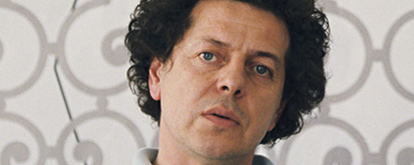
KEY NOTE LECTURERS
Kersten Geers
Architect
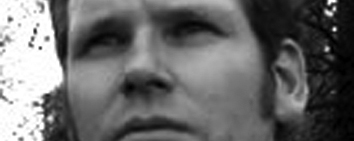
Enric Ruiz-Geli
Architect
CRITICS, EXPERTS & HOSTS
Guy Chatel
Architect
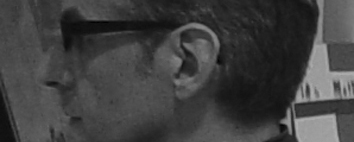
Stefan Devoldere
Architect
Arjen Habraken, NL
Structural engineer
After more than 10 years working as lead designer and project manager/director at Arup in Amsterdam and taking part in their leadership of the structural group, Arjan Habraken recently started his own firm called SIDstudio – representing Structural Innovative Design. With this firm he want to focus more on the design aspects of structure, always with a strong architectural added value and a high level of integration with other disciplines.
Arjan is fascinated by lightweight structures and their inseparable architectural and structural buildup - how Force, Form and Function come together. He teaches part-time lightweight structures at the faculty of Architecture, Building and Planning at the Eindhoven University of Technology.
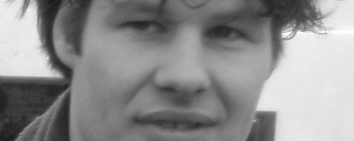
Luc Tearwe
Structural engineer
TUTORS
Ifke Brunings, NL
structural engineer / designer
principal ATELIERS
Ifke (1968) has appeared as tutor at both the 'Monolithic' and the 'Implicit Performance' master classes.
ATELIERS designs furniture, buildings, products and interiors. ATELIERS is innovative holding great respect for what already was. ATELIERS connects extremes: pure beauty and decadence, the subtile and the banal, old and new. ATELIERS is excitement. ATELIERS is humor. ATELIERS is international. ATELIERS is vintage Dutch. ATELIERS is on the border of the ordinary.
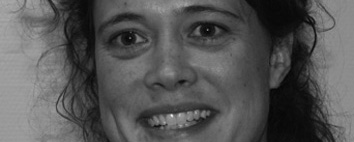
Patricia Hessing, NL
architect
principal ATELIERS
Patricia(1966) has extensive teaching experiences at TU Delft and the Academy of Architecture Amsterdam.
She worked as tutor on previous Concrete Design Master Classes as well.
ATELIERS designs furniture, buildings, products and interiors. ATELIERS is innovative holding great respect for what already was. ATELIERS connects extremes: pure beauty and decadence, the subtile and the banal, old and new. ATELIERS is excitement. ATELIERS is humor. ATELIERS is international. ATELIERS is vintage Dutch. ATELIERS is on the border of the ordinary.
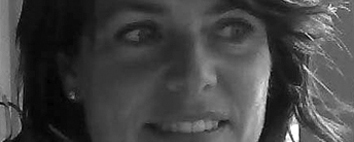
Jasper Westebring
Architect
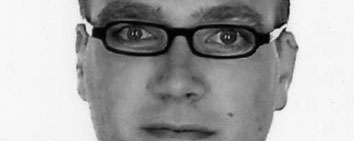
Jacobo Garcia German
Architect
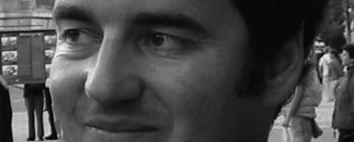
Angel Borrego
Architect
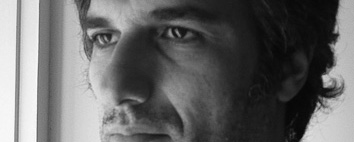
Siebe Bakker, NL
architect / producer
Principal bureaubakker / international coordinator Concrete Design Competitions
Siebe(1964) has been a driving force behind the Concrete Design Competition since its start. He has operated as international coordinator and content provider for the competition series and its master classes.
bureaubakker produces cross-disciplinary knowledge exchanges between industries, educational institutes and design practices. We are convinced that exchange and creation of knowledge forms the key factor in understanding and developing one's own expertises. These exchanges are focused on pragmatic creative processes and are based on innovative design approaches, strategic scenario techniques, cross-cultural collaborations and decision-making methods. Firmly based on an architectural and didactical background we facilitate research and development programs ranging from brainstorm sessions to international competitions. Depending on the ambitions and expertise of our clients we offer project support starting from generating concepts and formats to full project management and coordination, marketing strategies, supervision and publications.
